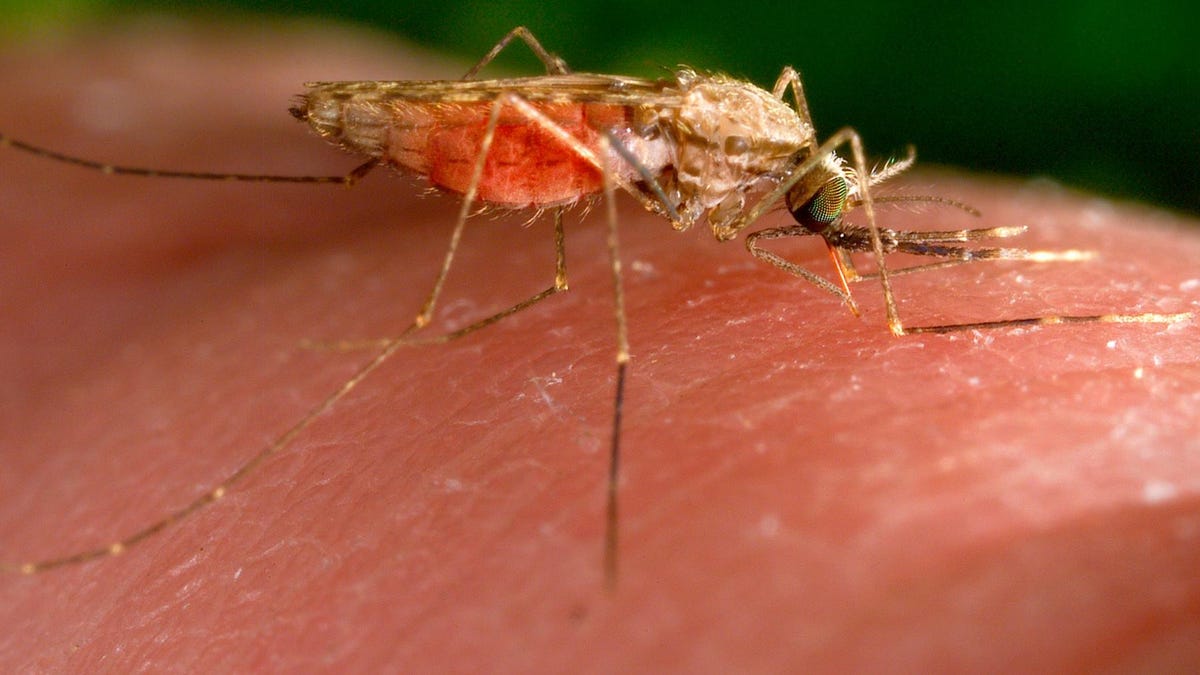
A few mosquitos in Florida have tested positive for the the parasite that causes malaria. The finding follows multiple confirmed human cases of the disease—four in Florida and one in Texas—believed to be the first domestically acquired instances of malaria in the U.S. in 20 years. The newly reported mosquito test results additionally confirm that the dangerous disease is spreading locally, from insects to people, in part of the Sunshine State.
The malarial mosquitos were caught by Sarasota County Mosquito Management Services and sent to the Centers for Disease Control and Prevention for analysis. Mosquitos in the genus Anopheles are known to host and transmit the protozoans that cause malaria. Out of more than 100 Anopheles individuals collected, the CDC determined that three were carrying malaria, a Sarasota County spokesperson told Gizmodo via email.
Advertisement
“Sarasota County Mosquito Management Services sends samples to the CDC weekly,” the spokesperson wrote. “So far three have come back positive. All three were collected from the same woodlot.”
The county’s mosquito management sector will continue to conduct testing to identify more possible populations of malarial mosquitos. In addition, officials are spraying insecticide in certain areas to try to stop malaria from proliferating further. In the specific woodlot where the malarial mosquitos were found, the county spokesperson noted that mosquito management “has already conducted multiple truck, aerial, [and] backpack [spray] treatments.”
Advertisement
Advertisement
In neighboring Manatee County, similar testing and survey efforts have yet to reveal any malarial mosquitos, according to a report from the Sarasota Herald-Tribute. Texas, which reported a single locally acquired malaria case earlier this month, also has yet to find a single malaria-positive insect, the state’s Department of Health told CBS News.
Prior to the 1950s, malaria was a common cause of illness and death in the United States. However, through urbanization, habitat destruction, and coordinated elimination efforts (i.e. the mass-application of notorious pesticide DDT) the parasite was eradicated. Cases still pop up in the U.S. each year, but almost all are attributable to international travel. Prior to this current outbreak, the last locally acquired malaria infections in the U.S. were recorded in 2003— also in Florida.
Despite the resurgence of cases, the CDC notes that the level of risk to people in the U.S. remains low. To reduce that risk further, you can apply insect repellent, wear long clothing, and get rid of sources of standing water outside your home that provide breeding grounds for mosquitos.
Malaria symptoms include fever, chills, headache, muscle aches, and tiredness. Illness can also come with nausea, vomiting, and diarrhea. From time of infection, symptoms show slowly—usually about 10 days following a mosquito bite. Yet in some cases, symptom emergence can take as long as a year. If you have visited a malarial region and are experiencing these symptoms, the CDC recommends seeking medical care and informing your health provider of your travel history.
Services Marketplace – Listings, Bookings & Reviews